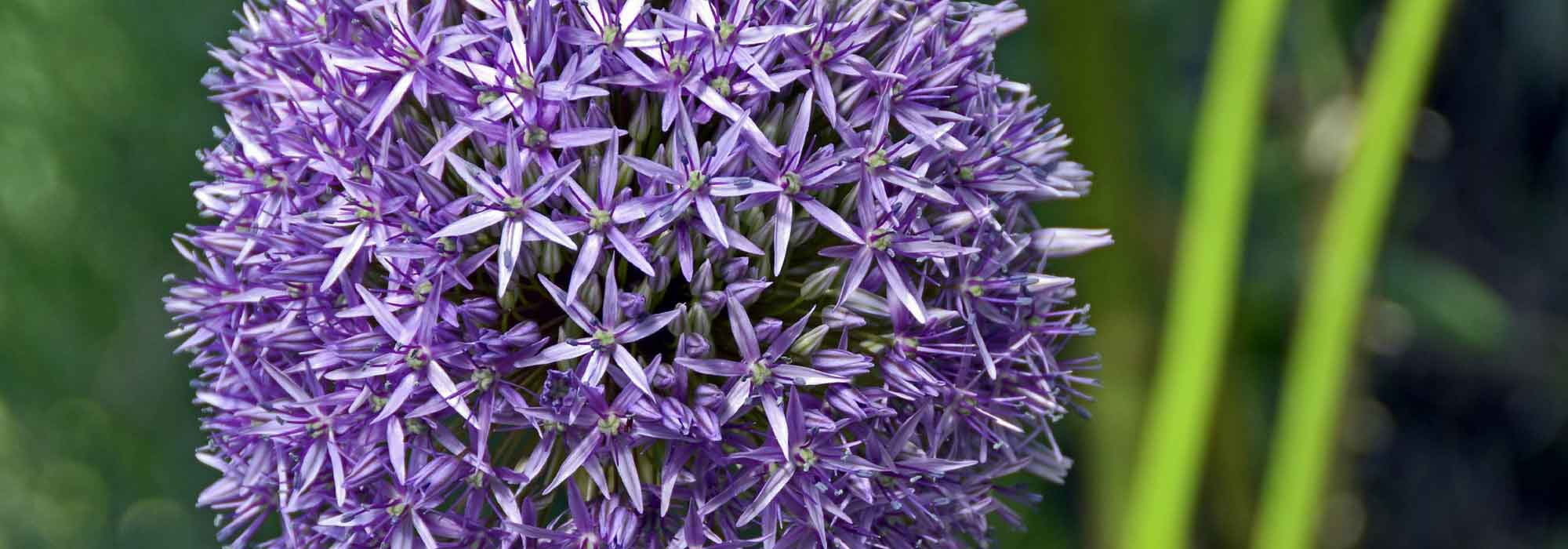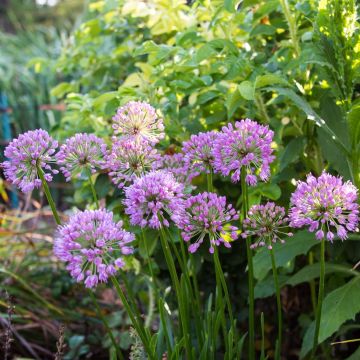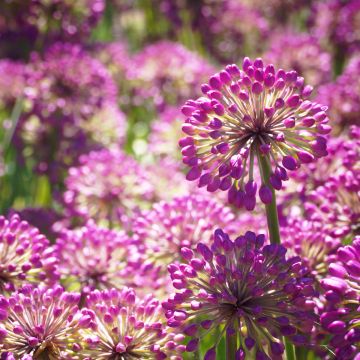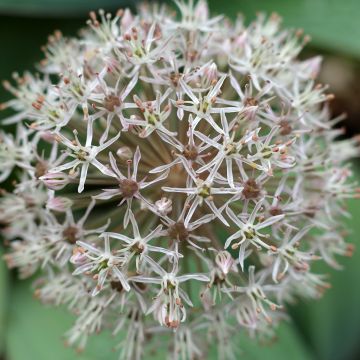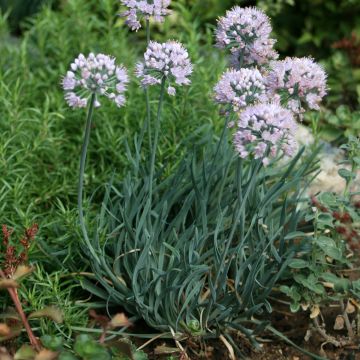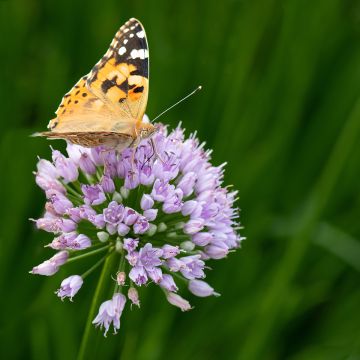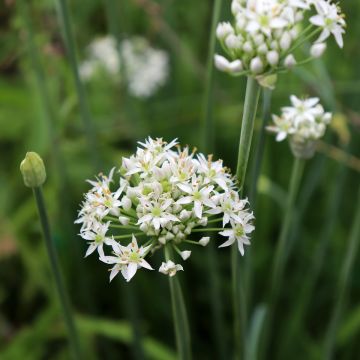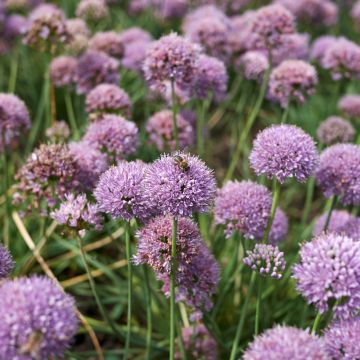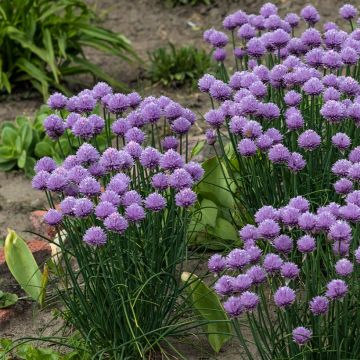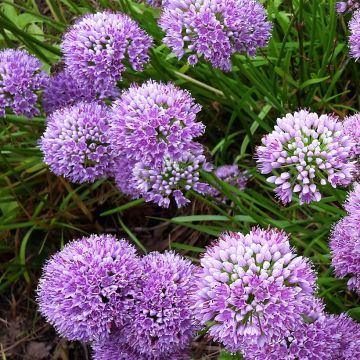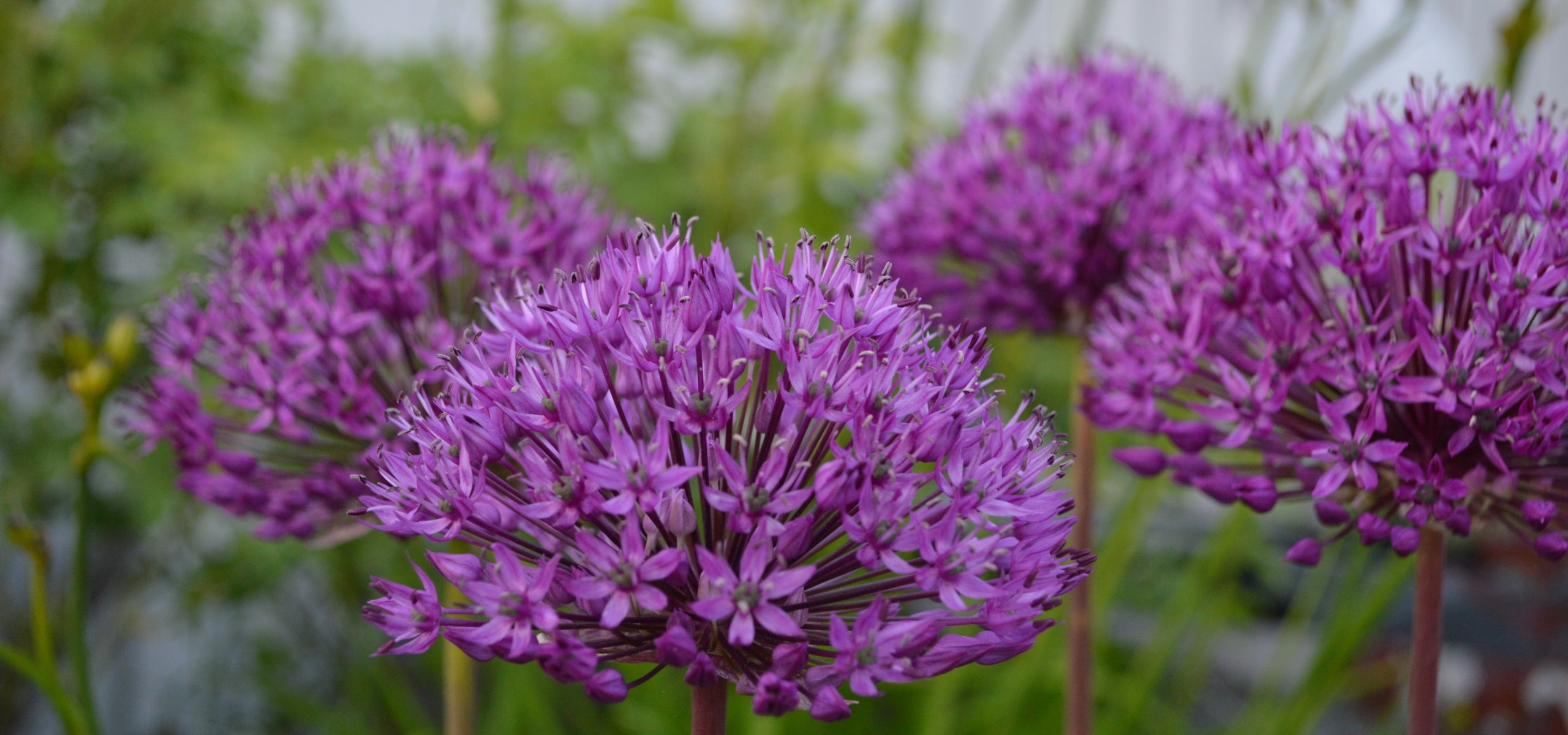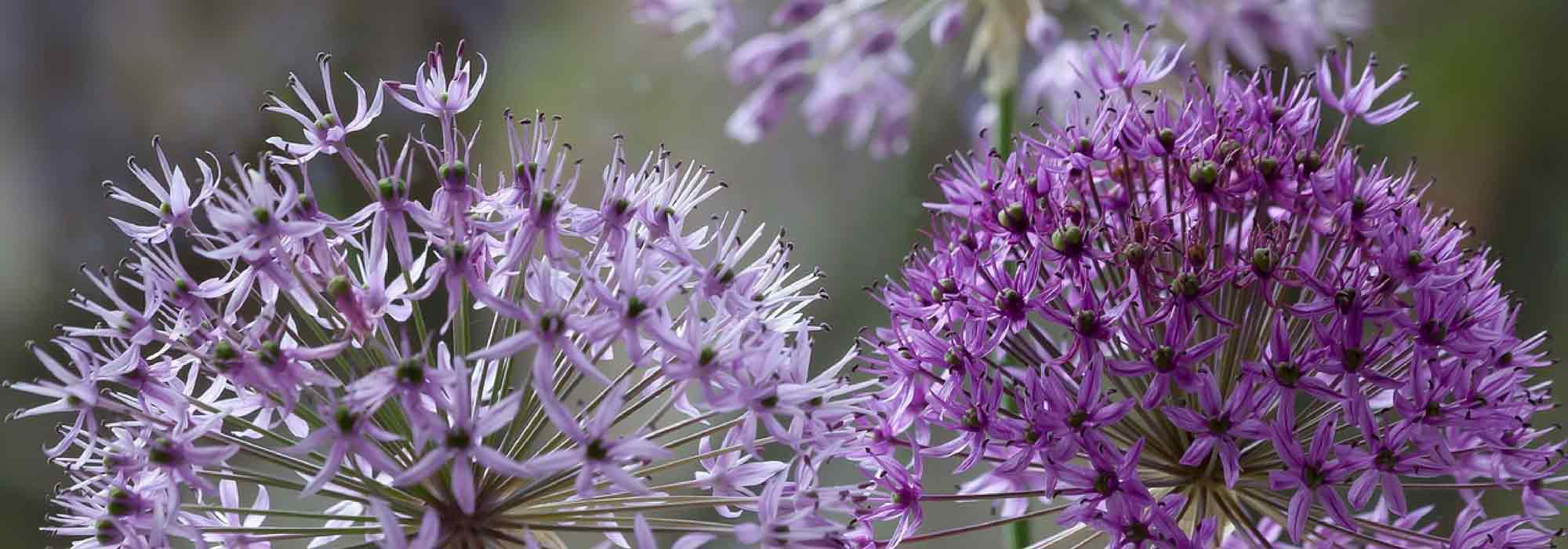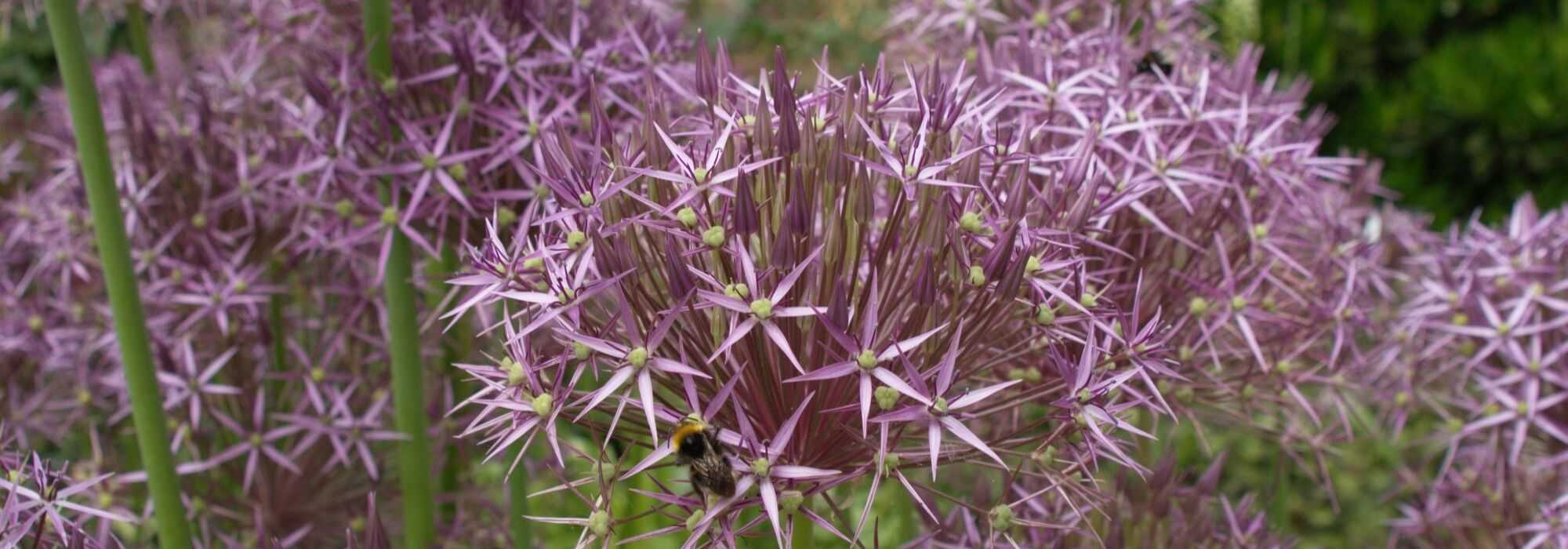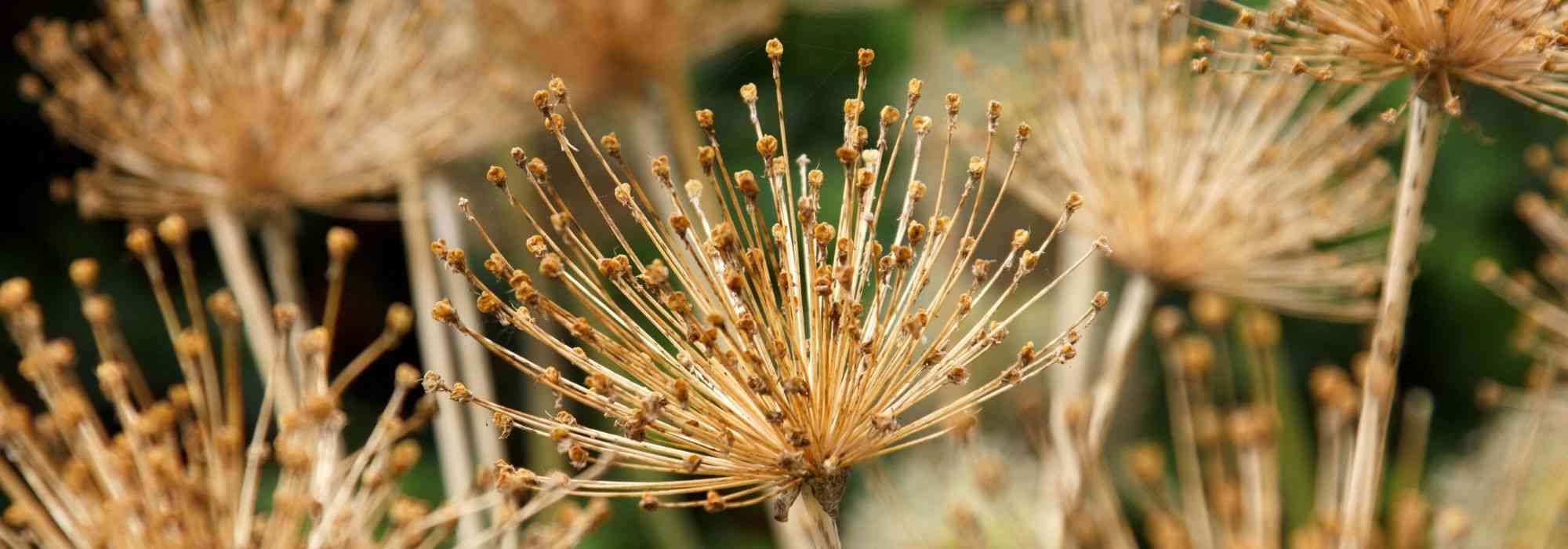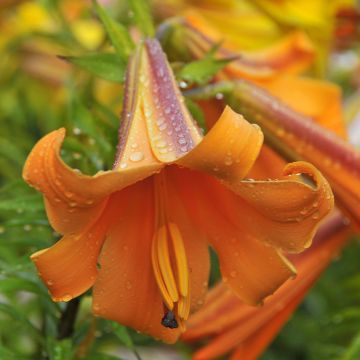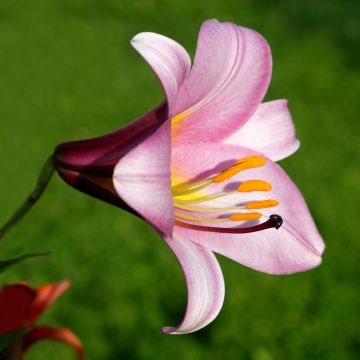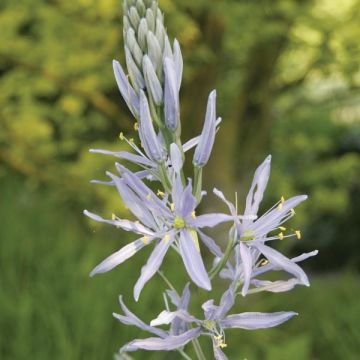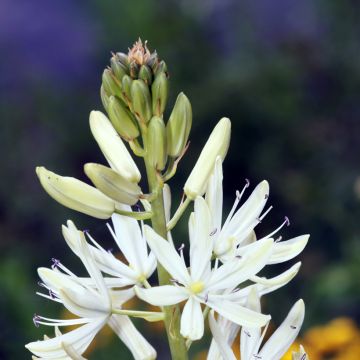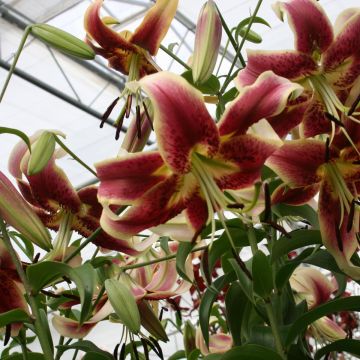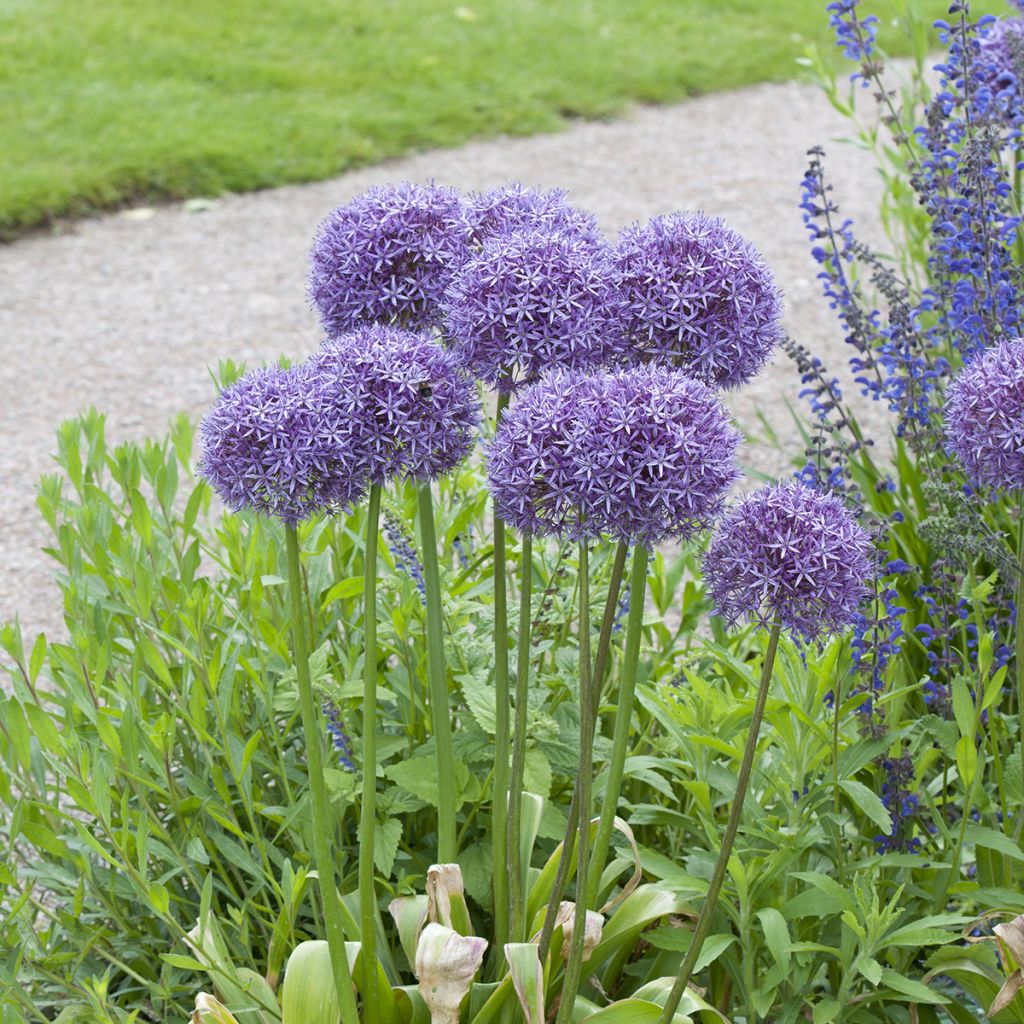

Allium Globemaster


Allium Globemaster
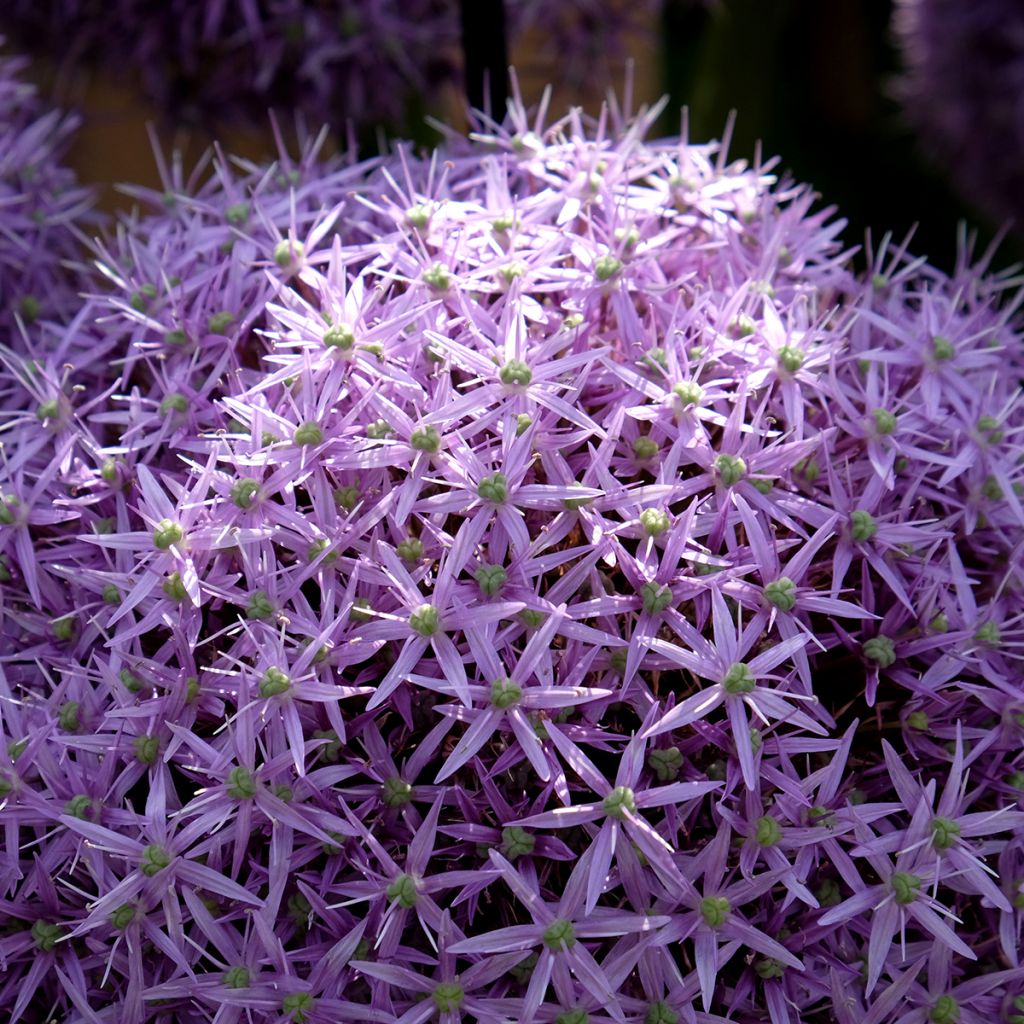

Allium Globemaster


Allium Globemaster
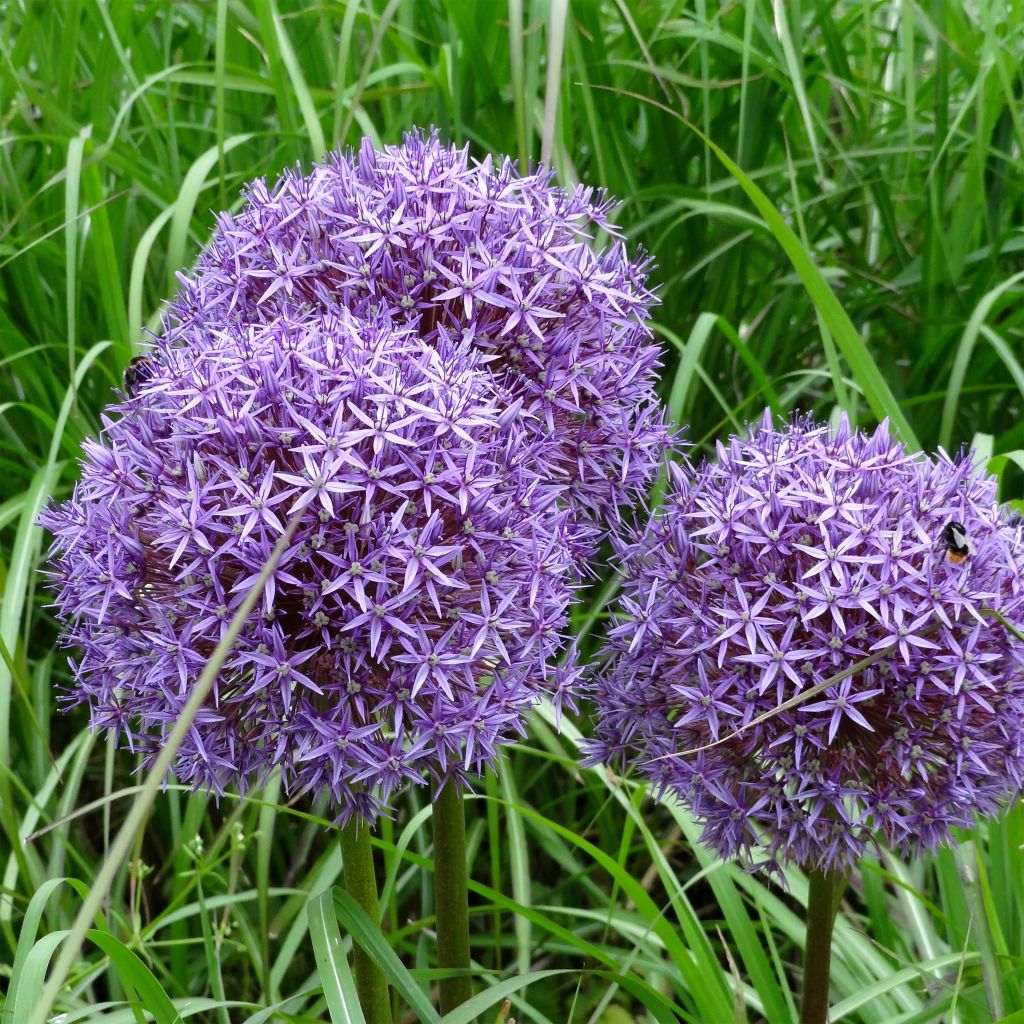

Allium Globemaster


Allium Globemaster
View more pictures
Hide images
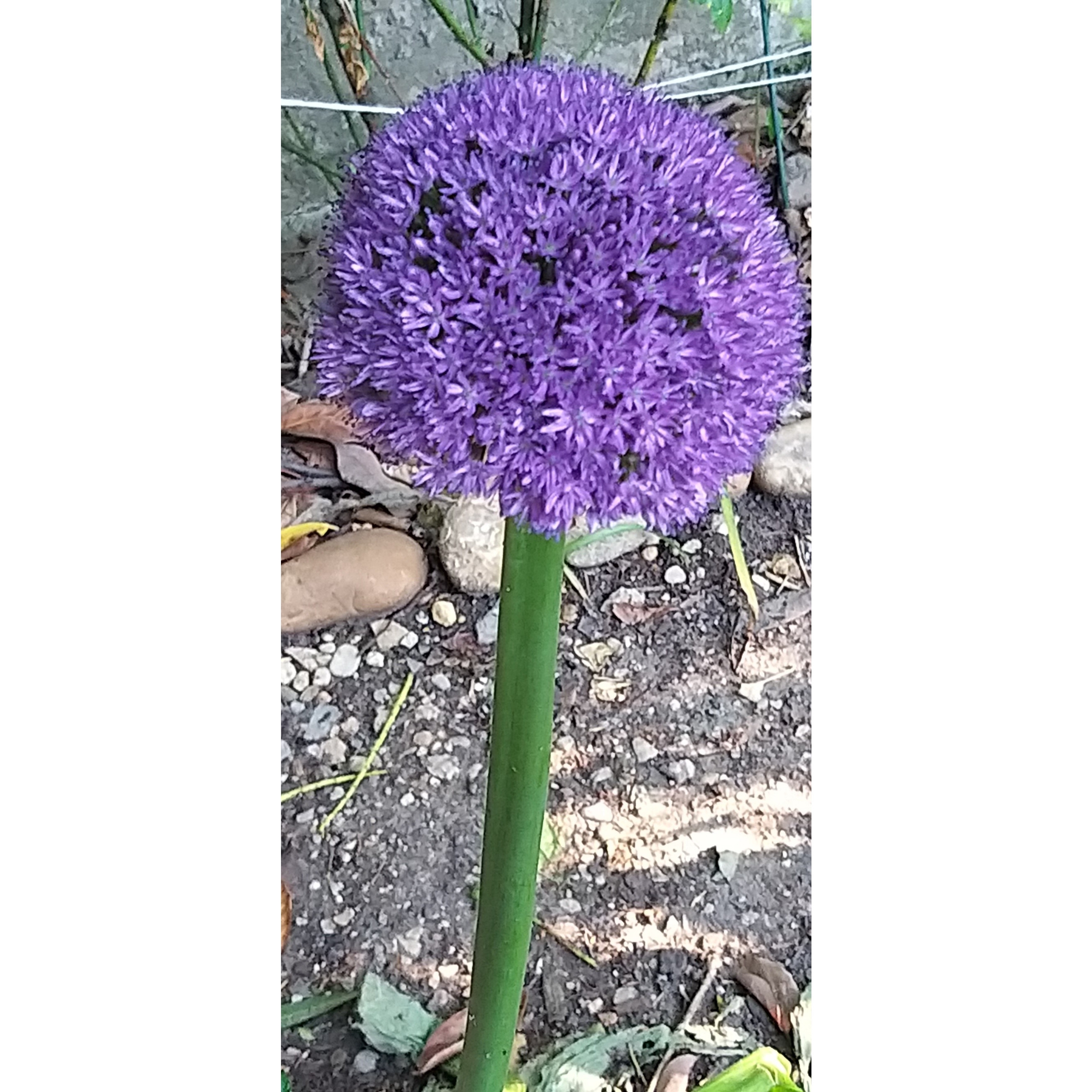
Thierry P.

May flowering - image 1
Thierry P. • 84 FR
Allium Globemaster
Allium Globemaster
Deep violet globes that create a very beautiful effect in the garden. And they multiply the following year.
Marie, 11/05/2025
Special offer!
Receive a €20 voucher for any order over €90 (excluding delivery costs, credit notes, and plastic-free options)!
1- Add your favorite plants to your cart.
2- Once you have reached €90, confirm your order (you can even choose the delivery date!).
3- As soon as your order is shipped, you will receive an email containing your voucher code, valid for 3 months (90 days).
Your voucher is unique and can only be used once, for any order with a minimum value of €20, excluding delivery costs.
Can be combined with other current offers, non-divisible and non-refundable.
Home or relay delivery (depending on size and destination)
Schedule delivery date,
and select date in basket
This plant carries a 12 months recovery warranty
More information
We guarantee the quality of our plants for a full growing cycle, and will replace at our expense any plant that fails to recover under normal climatic and planting conditions.


Would this plant suit my garden?
Set up your Plantfit profile →
Description
Allium 'Globemaster' is the largest, most impressive, most structuring ornamental allium. Sadly, it had fallen into disuse, but was brought back into fashion by many landscapers eager to structure maintenance-free sunny flower beds. It emerges from flower beds from the end of spring, bearing large round flower heads of a deep pink-purple carried on top of robust and tall stems. This variety multiplies rapidly over the years in well-drained and sunny soils. It is superb in flower pots. Its flowers are also perfect in dried or fresh bouquets.
Allium 'Globemaster' is a bulbous perennial plant from the Amaryllidaceae family. It comes from A. giganteum, native to the east and centre of Asia, from Afghanistan to Pakistan and Russia, as well as the Himalayas. It loves the sun and light, well-drained, limestone soil. Its bulb is resistant to cold in soils that are not too moist, especially in winter and the second half of summer.
From spring onwards, the large bulb develops a rosette of long, thick, ribbon-like, fleshy leaves with a green-grey-blue colour, measuring up to 50cm (20in) in height. This decorative foliage dries out as the flowering blooms. The stiff and sturdy floral stems measure 80cm (31in) in height. They emerge from the end of May in average climates, sometimes in June-July depending on the regions. They carry a superb globular inflorescence measuring 18 to 22cm (7 to 9in) in diameter. Each inflorescence is composed of numerous small star-shaped flowers with 6 pink-purple petals. These flower heads, devoid of fragrance, remain very decorative in flower beds once pollinated. The bulb replenishes its reserves after flowering and produces numerous bulb offsets, allowing it to multiply rapidly.
On its own, Allium 'Globemaster' has little interest. However, it proves to be quite remarkable when planted in voluminous flower beds with perennials in shades of pink and blue. Perfect in a contemporary-style decor, it is irreplaceable in a romantic mixed border, surrounded by a carpet of Nepeta 'Six Hill Giant', accompanied by Stachys byzantina and herbaceous peonies with large flowers such as 'Break a Day' or 'Bowl of Beauty' against a backdrop of opulent pink-flowered roses like 'Eglantyne', 'Heritage' or 'Mary Rose'. In any case, consider accompanying it with low and bushy plants that will hide its base, which becomes unsightly once the foliage has dried. For a more "dynamic" effect, its flowers can structure a modern garden where several geometric shapes oppose each other. For example, it can be planted with Stipa tenuissima, lavender, and cone-shaped trimmed boxwoods.
In short, the possibilities are endless!
Allium Globemaster in pictures


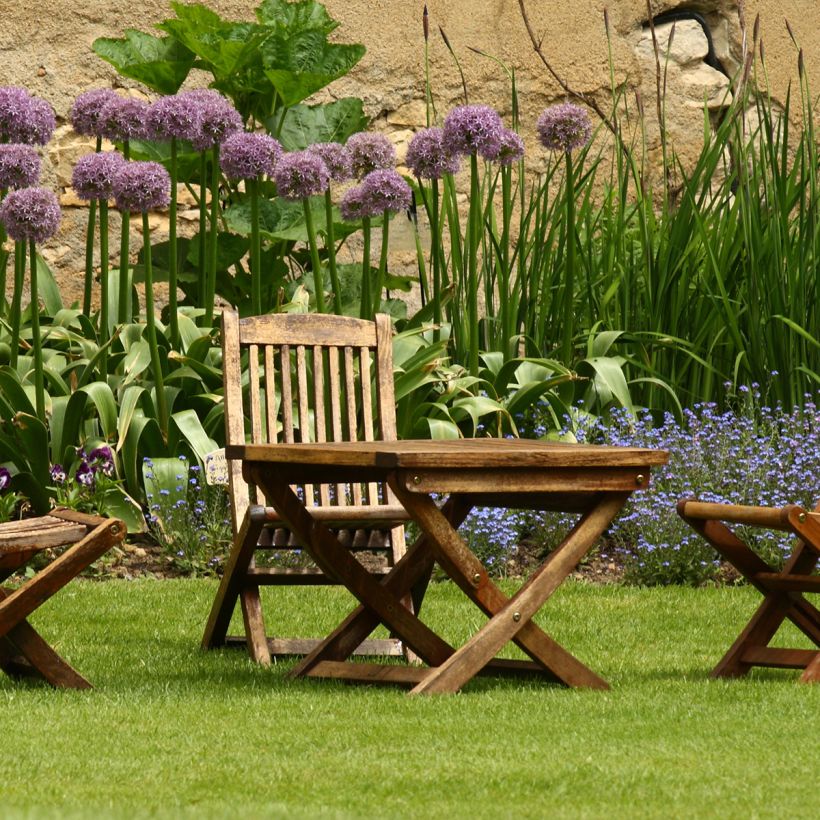

Flowering
Foliage
Plant habit
Botanical data
Allium
Globemaster
Alliaceae - Liliaceae
Cultivar or hybrid
Other Allium
View all →Planting and care
Ornamental alliums are relatively easy to grow in sunny areas. They prefer light, well-drained soil that doesn't retain too much moisture. However, they do require some soil moisture throughout their growth and flowering period, as well as immediately after flowering so that the bulb can replenish its reserves and multiply. They will not grow well in hot regions where the soil naturally dries out from June onwards. Its ancestor, Allium giganteum, is native to mountainous and rocky areas that receive more precipitation in early summer.
Plant them before the end of October so that they have time to establish themselves. They are sensitive to winter moisture in clayey and waterlogged soils. Provide them with a sunny spot in well-drained soil, even if it is stony or enriched with gravel. Plant larger bulbs at a depth of 10cm (4in), spaced 15cm (6in). Plant smaller bulbs at a depth of 10cm (4in), spaced 7cm (3in) apart. Planting them in a 20x20cm (8x8x8in) pocket of pure sand proves to be effective in preventing bulb rot.
Planting period
Intended location
Care
Planting & care advice
-
, onOrder confirmed
Reply from on Promesse de fleurs
Similar products
Haven't found what you were looking for?
Hardiness is the lowest winter temperature a plant can endure without suffering serious damage or even dying. However, hardiness is affected by location (a sheltered area, such as a patio), protection (winter cover) and soil type (hardiness is improved by well-drained soil).

Photo Sharing Terms & Conditions
In order to encourage gardeners to interact and share their experiences, Promesse de fleurs offers various media enabling content to be uploaded onto its Site - in particular via the ‘Photo sharing’ module.
The User agrees to refrain from:
- Posting any content that is illegal, prejudicial, insulting, racist, inciteful to hatred, revisionist, contrary to public decency, that infringes on privacy or on the privacy rights of third parties, in particular the publicity rights of persons and goods, intellectual property rights, or the right to privacy.
- Submitting content on behalf of a third party;
- Impersonate the identity of a third party and/or publish any personal information about a third party;
In general, the User undertakes to refrain from any unethical behaviour.
All Content (in particular text, comments, files, images, photos, videos, creative works, etc.), which may be subject to property or intellectual property rights, image or other private rights, shall remain the property of the User, subject to the limited rights granted by the terms of the licence granted by Promesse de fleurs as stated below. Users are at liberty to publish or not to publish such Content on the Site, notably via the ‘Photo Sharing’ facility, and accept that this Content shall be made public and freely accessible, notably on the Internet.
Users further acknowledge, undertake to have ,and guarantee that they hold all necessary rights and permissions to publish such material on the Site, in particular with regard to the legislation in force pertaining to any privacy, property, intellectual property, image, or contractual rights, or rights of any other nature. By publishing such Content on the Site, Users acknowledge accepting full liability as publishers of the Content within the meaning of the law, and grant Promesse de fleurs, free of charge, an inclusive, worldwide licence for the said Content for the entire duration of its publication, including all reproduction, representation, up/downloading, displaying, performing, transmission, and storage rights.
Users also grant permission for their name to be linked to the Content and accept that this link may not always be made available.
By engaging in posting material, Users consent to their Content becoming automatically accessible on the Internet, in particular on other sites and/or blogs and/or web pages of the Promesse de fleurs site, including in particular social pages and the Promesse de fleurs catalogue.
Users may secure the removal of entrusted content free of charge by issuing a simple request via our contact form.
The flowering period indicated on our website applies to countries and regions located in USDA zone 8 (France, the United Kingdom, Ireland, the Netherlands, etc.)
It will vary according to where you live:
- In zones 9 to 10 (Italy, Spain, Greece, etc.), flowering will occur about 2 to 4 weeks earlier.
- In zones 6 to 7 (Germany, Poland, Slovenia, and lower mountainous regions), flowering will be delayed by 2 to 3 weeks.
- In zone 5 (Central Europe, Scandinavia), blooming will be delayed by 3 to 5 weeks.
In temperate climates, pruning of spring-flowering shrubs (forsythia, spireas, etc.) should be done just after flowering.
Pruning of summer-flowering shrubs (Indian Lilac, Perovskia, etc.) can be done in winter or spring.
In cold regions as well as with frost-sensitive plants, avoid pruning too early when severe frosts may still occur.
The planting period indicated on our website applies to countries and regions located in USDA zone 8 (France, United Kingdom, Ireland, Netherlands).
It will vary according to where you live:
- In Mediterranean zones (Marseille, Madrid, Milan, etc.), autumn and winter are the best planting periods.
- In continental zones (Strasbourg, Munich, Vienna, etc.), delay planting by 2 to 3 weeks in spring and bring it forward by 2 to 4 weeks in autumn.
- In mountainous regions (the Alps, Pyrenees, Carpathians, etc.), it is best to plant in late spring (May-June) or late summer (August-September).
The harvesting period indicated on our website applies to countries and regions in USDA zone 8 (France, England, Ireland, the Netherlands).
In colder areas (Scandinavia, Poland, Austria...) fruit and vegetable harvests are likely to be delayed by 3-4 weeks.
In warmer areas (Italy, Spain, Greece, etc.), harvesting will probably take place earlier, depending on weather conditions.
The sowing periods indicated on our website apply to countries and regions within USDA Zone 8 (France, UK, Ireland, Netherlands).
In colder areas (Scandinavia, Poland, Austria...), delay any outdoor sowing by 3-4 weeks, or sow under glass.
In warmer climes (Italy, Spain, Greece, etc.), bring outdoor sowing forward by a few weeks.






























